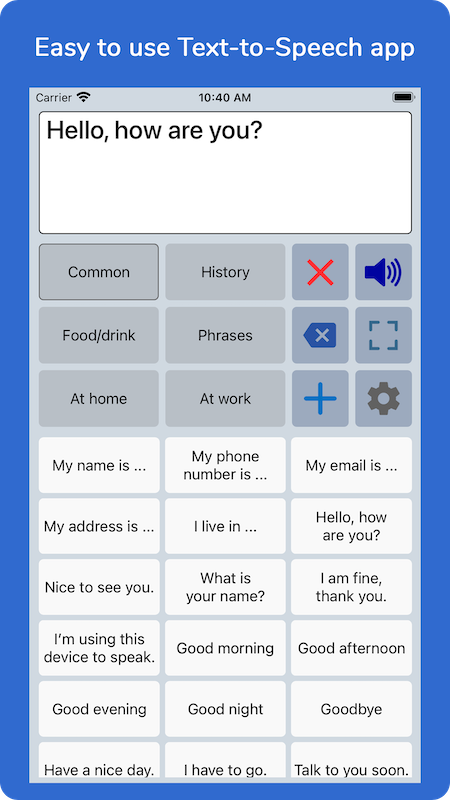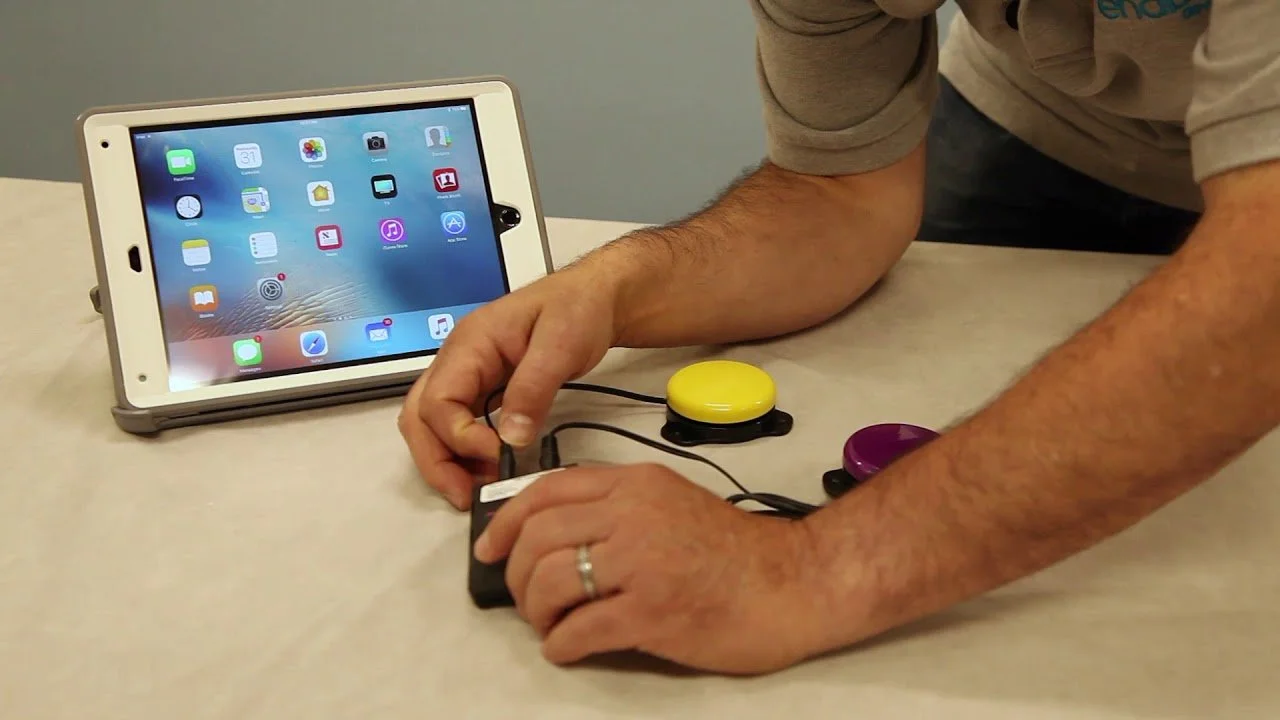AAC Consultation for Adults
If you are an adult who would like to try AAC for yourself, I can help.
I offer free consultations where you can:
Ask questions
Try out a variety of systems
Learn more about your options
Discuss funding for a device, if you need one
I will not try to rope you into a therapy plan or put you on an email list.
Often adults just need to see what options are out there. It can feel overwhelming at first, but AAC in any form can make you safer and give you more control during situations where you might otherwise be ignored. Communication access is a basic human right.
Who Can Benefit From AAC?
Autistic adults who shut down or become nonverbal when overwhelmed
AAC might be as simple as a business card in your wallet with your emergency contact information, or it may involve a symbol-based or text-based app on your phone.
Adults whose disability makes it hard for them to talk in emergencies
Anxiety, PTSD, trauma, and other factors can sometimes make it difficult to articulate your needs in emergency situations. Having a backup communication system gives you the ability to clearly give or withhold consent, ask important questions, and maintain greater control.
People whose speech is hard to understand
If you are well-understood at home but struggle when you go into the community, AAC can help clarify your message and repair communication breakdowns. Even something as simple as an alphabet board can make a difference.
Anyone who thinks it might help them function more easily
For most people, AAC is slower and less useful than regular speech. But for others speaking is exhausting, ineffective, and hard to plan out. If you think that you might benefit from AAC, then so do I. There’s nothing wrong with trying something new that could improve your quality of life.
What does AAC look like for adults?
Basic communication card on a keychain or lanyard
Symbol-based system
Communication book
Text-based system
Alphabet Board
Switch-controlled system
Perspectives from AAC Users
**** This section is still under construction, but if you’re looking for someone who knows what they’re talking about, you could do worse than:







